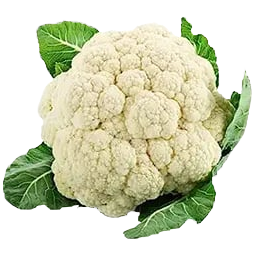That price tag is missing its Trump “I did this!” sticker.

Thanks for reminding me about him looking straight at the sun like a 2 year old.
I need a high resolution version so I can print some stickers.



I prefer the first one the other person posted. It shows off his stupidity when he looked at the sun, and also it looks like he’s kinda happy about it.
What are you using to print stickers, I’ve been wanting to do the same but can only find quite expensive machines to do it.
I actually just use Sticker Mule.
Thanks for that, prices seem quite reasonable
I use them ony snowboards and skate boards. I have some that have been on for years and they have yet to peel or fade.
6.19 in Oklahoma.
I moved to California from Tulsa last year and that blows my mind. They’re $12 here one per customer but Cali had made me numb to outrageous prices but that price in Oklahoma brings it all back.
Y’all I thought the whole “price of eggs” thing was kind of a meme/exaggeration (I’m Canadian), but holy shit $12??? I live in one of the most expensive cities in Canada and we pay like 7CAD. You’re probably better off raising a community chicken at those prices.
To be fair about 4 or 5 months ago they were less than $2 but this bird flu shot has seen it just get completely out of hand. I didn’t even live in the most expensive city here.
I know it’s crude but I still can’t kick my love for the idea of a “I raped that too!” Sticker
I know the prez said he’d drop the price of groceries on day one, but he got a little sidetracked by his side project of destroying the country. But give him a few more weeks to get that done and then I’m sure he’ll get right back to the groceries.
Oh no, grocery prices are this term’s infrastructure week.
Groceries, the term he popularized that no one was using until he started saying it.
Anecdote: My Trumpster in-laws could not stop yacking about “Biden’s high eggs prices” just last month. Haven’t heard a peep about the price of eggs since Trump came back. Now it’s just “God’s will.”
I used to buy those eggs at the bottom of the picture. They come with a newsletter inside about how the chickens are doing.
The cheap eggs now cost what those eggs used to cost.
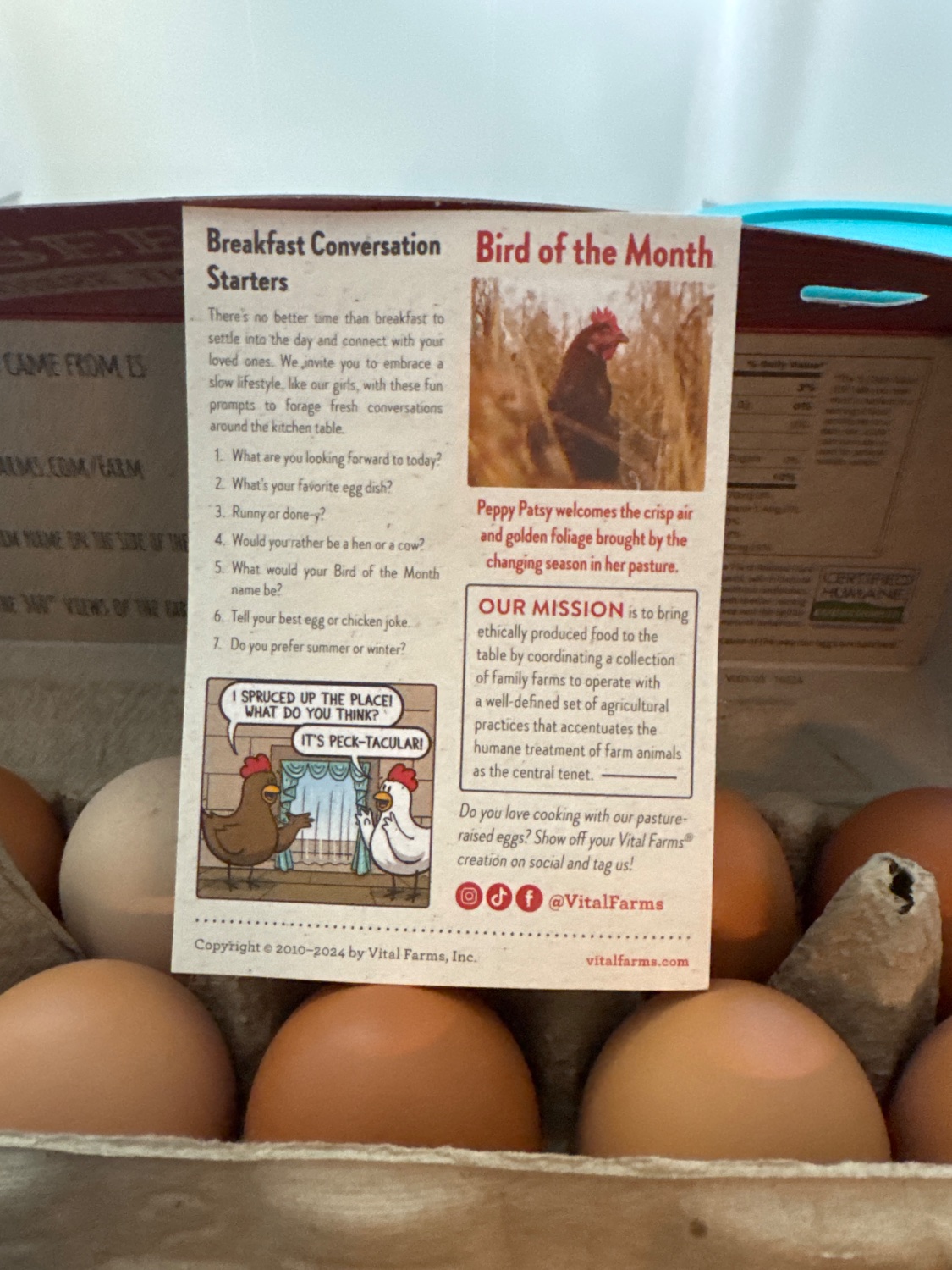
I still buy those eggs, the notes they put in are cute.
I wonder if writing that up is a full-time job. I’d love to interview chickens.
Weird: this is Safeway, Canada

Hey Internet stranger, can I buy some of your eggs?
quick, before the orange clown adds tariffs 😆
(For readers, with the USD-CAD conversion they’re closer to
$5$4)This needs more upvotes. There’s no way these should cost more than meat, whatever the excuse.
There isn’t a massive bovine flu killing huge swathes of flocks…
Lets be clear. Its still bird flu. Not bovine flu. Regardless of whether cattle are getting it.
If a person gets swine flu it doesnt suddenly become human flu.
Things have names and this distinction matters.
Sure but the point is that there isn’t a disease sweeping through cattle herds killing most of them etc.
Which is happening to flocks of birds, including poultry.
Oh there is a flu sweeping through cattle herds. Its bird flu. Its killing some cattle, but the vast majority recover. But, one result of the bird flu, california’s milk production is down 9 percent. That is an absolutely staggering number.
It’s almost like the inhumane, cramped, living conditions we permit a lot of our agriculture industry to have for animals is biting us in the ass.
And before dipshits come in about how that doesn’t apply to cage free chickens, etc. Of course that shit still affects overall product prices. One of the businesses along the line between the farm with the chickens and your grocery store aisle is going to raise the price anyway to gouge a little more profit from the system when they have the chance.
As a dairy farmer, i understand i may be somewhat biased on the evaluation of living conditions for my animals. I try very hard to make sure my animals are well cared for and have the space they need. And there is still room for improvement. Compared to a few decades ago, we are doing pretty good in my opinion.
But in the case of poultry, i do have opinions that do align a little bit more with you. While poultry overcrowding and handling practices did play a role in exacerbating the bird flu problem, they were not the sole main driving factor that let this disease go rampant. It helped, but it isnt the whole story.
To see why, all we have to do is look at export markets and their rules.
There is a vaccine for bird flu for poultry. We’ve had it for years. Poultry farmers do not use it. Because using it limits the countries you can export your product to.
https://www.newsweek.com/why-us-not-vaccinating-poultry-against-bird-flu-2010511
Long story short, it is more economically feasible for producers to nuke entire flocks and start from scratch, (chickens reproduce very quickly), than it is to spend money on vaccination and limit your export market.
This creates constant hot zones that spread to wild populations and migratory birds. This is why seals are dropping dead like flies on the Argentinean coast. I believe the mortality rate is over 90 percent. There are no large scale poultry farms in the falkland islands. Bird flu is so ingrained in migratory bird populations at this point that its crossing over and killing random species that are not confined or used for humans.
Cats that eat infected birds develope encephalopathy and have a massive mortality rate. Its how we first tied bird flu to cattle in the first place. Dairy farm cats are what turned us on to the bird vector. There is also no current vaccine for cattle, or many other animals. Yet.
There will continue to be huge issues with bird flu until we develope good policies to vaccinate all animals in cafo sites and let common sense and science take the lead instead of bad policy and greed. And it may be too late to be honest.
After being on the front lines from day one of the bird flu epidemic in cattle, when we didnt even know what was happening, and seeing how badly the government and officials have handled it, it is an absolute miracle that covid was only as bad as it was.
The bird flu is likely affecting all of North America. Mine is commentary on Canada vs States rxns on the price of eggs.
I can’t imagine the focus on eggs for most of 2024 didn’t impact the price hike as well.
This is from a Zehrs, it’s Loblaws so not even remotely the cheapest place in town
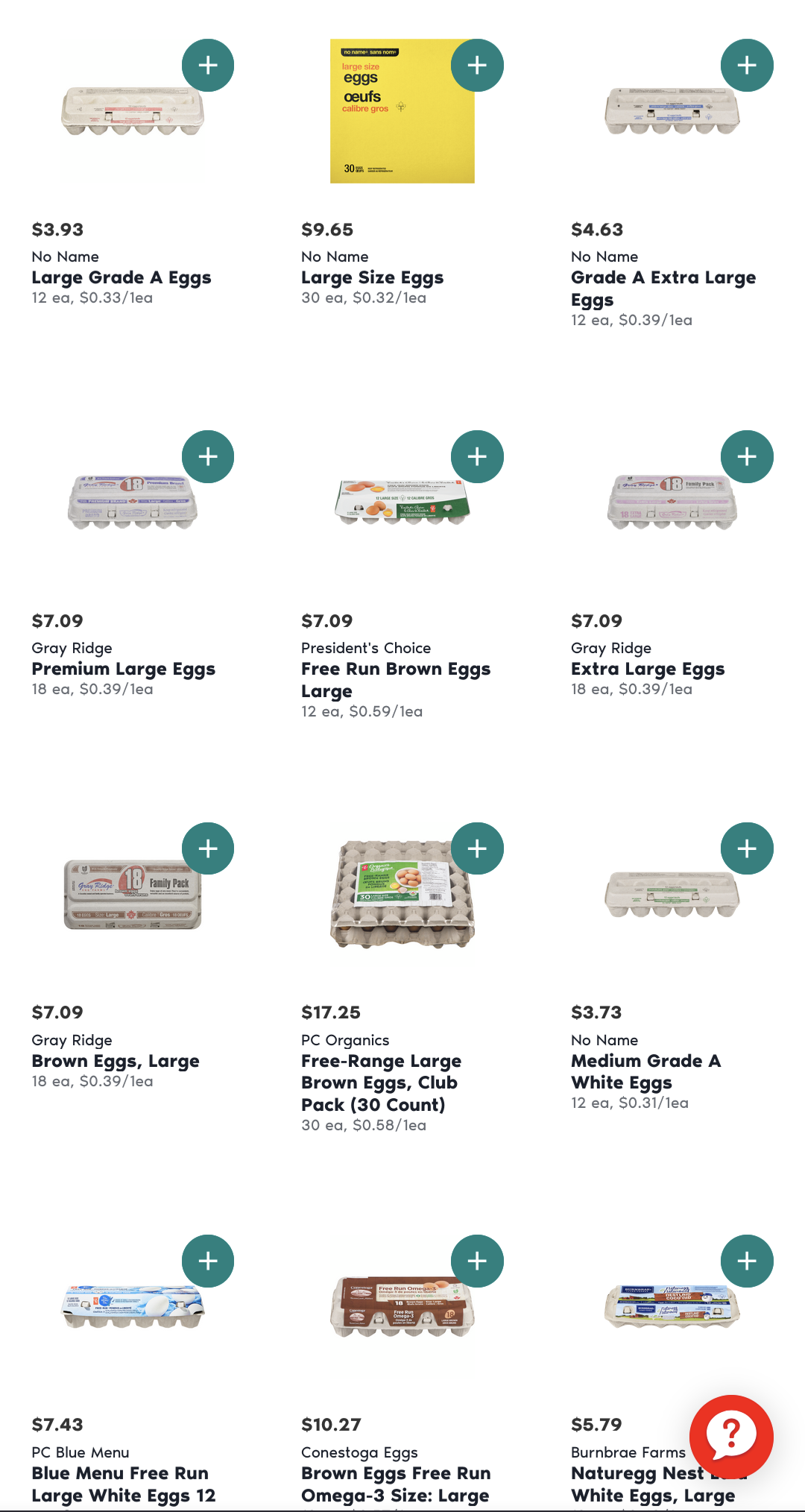
With exchange, that pack of 30 organic eggs is ~11.90 USD. I usually just buy no name.
That’s expensive. I live out in the boonies where things cost more and my local store is $4 a dozen.
Those are fancyish eggs too. I paid $3.69 yesterday for store brand and they are often on sale for a little less. Our avian flu situation isn’t as bad yet though so it can still go up.
Yeah, these are specialty farm eggs, cage free, and brown. They’re also stacked in with the organic eggs. They probably command a markup without the price increases from bird flu. This is also probably some trendier grocery store OP is shopping at.
Our “fancy” grocery store has a dozen cage free large brown eggs for $5.49, so either this is a local issue in Denver or OP is posting some BS engagement bait.
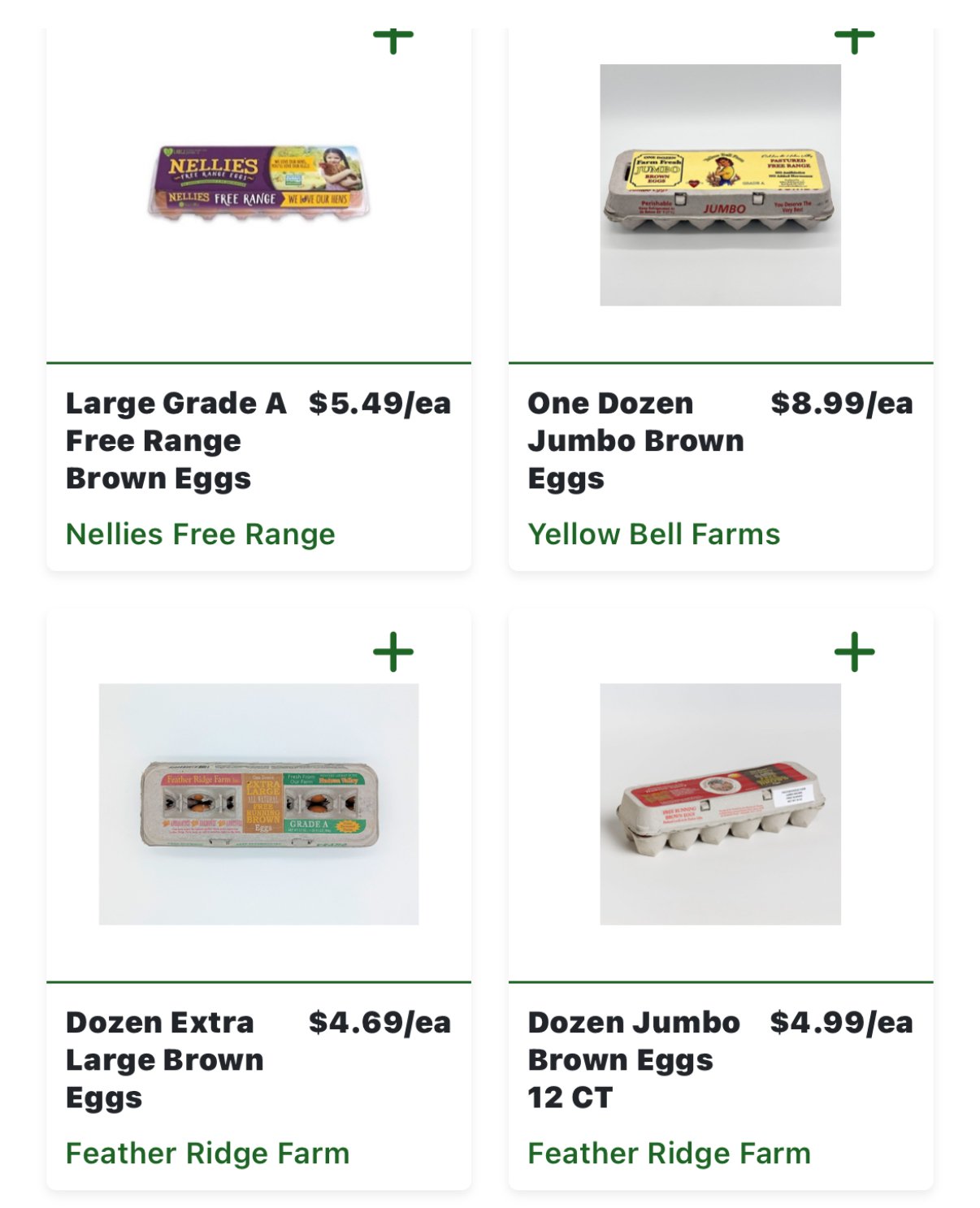
What the heck happened to American eggs?
Even those Canadian eggs are relatively expensive to what I’m used to:

These are Euro prices.
Price at Tesco in the UK:
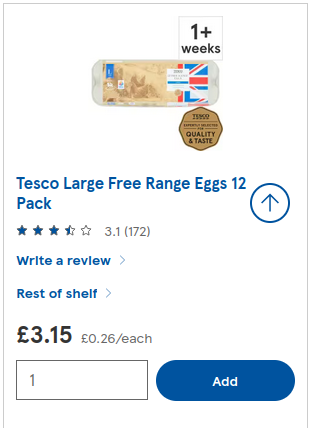
Even cheaper at Aldi:
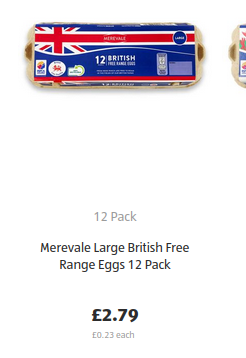
Your monopoly money buys more eggs than our real money?! Now I’ve seen everything!
That’s still high, assuming cad, but much better. It’s around 6-8 ‘freedom’ dollars down here is southern America.
deleted by creator
Impossible, Orange Julius was fixing the prices. What is the hold up?
It’s Hussein Obama eating all them eggs! Thanks Obama!
Must be the DEI chickens.
Couldn’t have been, because that pompous dick Gaston eats the entire daily supply every morning to get jacked.
This makes me miss Orange Julius stores. Dairy Queen bought them out and now you’re lucky if DQ offers two flavors of Julius. And never peach, which was my favorite.
Also, fuck Trump. But that pretty much goes without saying.
Conservatives: Thanks Obama!
Your welcome!
I usually pass this over but for a novelty account you might want to spell it right. “You’re welcome!”
Butt that wood bee to easy!

I can’t believe buying chickens actually saved me money, I just did it because I wanted chickens. I expected to pay more per egg (considering food and litter) because I don’t have economies of scale like the large producers do.
Phew, are you OK over there? For comparison in Germany it’s 2€ for 10 eggs, or 2,40€ for cage free. Eggs from the farmer start at 3,50€. In my area anyway.
They’re fighting the bird flu
Jein. It’s not as bad as OP makes it sound, and I’ve never seen a 10 let alone 12 organic eggs in Germany for 2€ but I also live in the city.
What you’re looking at here look like organic (bio) eggs, likely from a very expensive bio-store. Typical prices for eggs in Denver for organic eggs are 7.49 for 12 or .62¢ a egg at a store comparable to REWE. - Non-bio eggs get down to 4.99 on sale for 12 or .41 an egg.
Here at my REWE in Köln organic eggs are 3.39 for 10 or .33 an egg. So they are actually only twice the price for organic which is due to the killing of millions of chickens because of bird flue.


Is the bottom image with or without sales tax? Usually in the US prices are shown without it (as it depends on state, county, etc), whereas in most EU countries and I’m assuming Germany as well, prices for consumer goods are generally shown with taxes included
Everywhere I’ve lived, most groceries aren’t taxed, so what’s showing would be the final price.
Things that might be taxed are things like pre-prepared food or soda.
It’s without but food products in Colorado are taxed at a very low rate around 3 percent unless you’re on SNAP (“food stamps”), in which case food isn’t taxed.
So, worst case scenario (in Colorado, specifically) on a $4.99 egg purchase you may also see an additional 15 cents in tax.
Some states do not differentiate in the tax percentage applied to foods versus other products so in those places it’s not out of the question to see sales tax of 10 percent or so…
It is a banana! How much could it cost? $10?
Wow. I saw people mentioning this on another thread and I posted that we can get 15 Medium Free Range Eggs in the UK for $3.37. Could find cheaper than that if I shopped around.
It’s a dozen eggs, Michael. How much could it cost, $10?
Meanwhile in sweden its $3.50 for 12 pieces cage free and if you get cheap ones its $4 for 24 pieces.
Similar in Lithuania but we buy them in packs of 10.
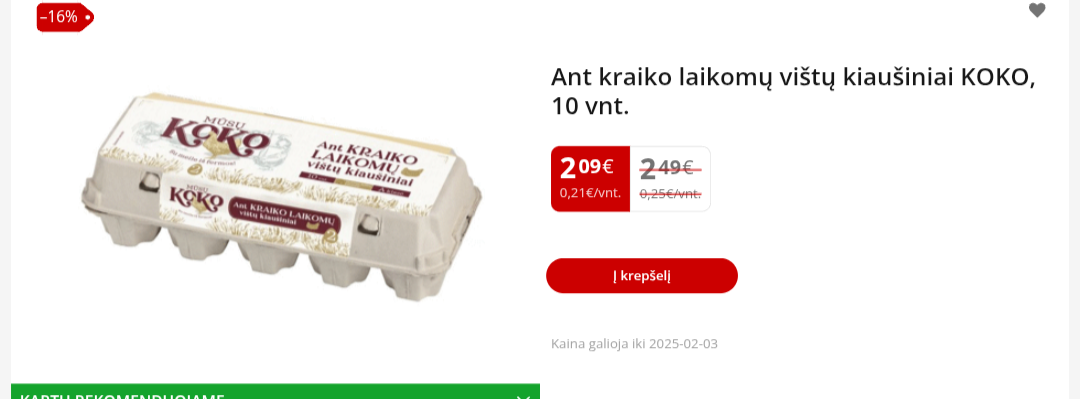
What a sensible, decimal system!
Duodecimal is objectively better and that’s why commoners used it.
That’s because the commoners had 6 fingers in each hand
Well they could count 6 knuckles on each hand, with one hand representing the dozens place.
Hate to be that person, but now that they know people are willing to pay it- it’s probably not going to ever go back down.
Yeah, like reducing tax businesses have to pay won’t make prices cheaper, they’ll just pocket the cash.







